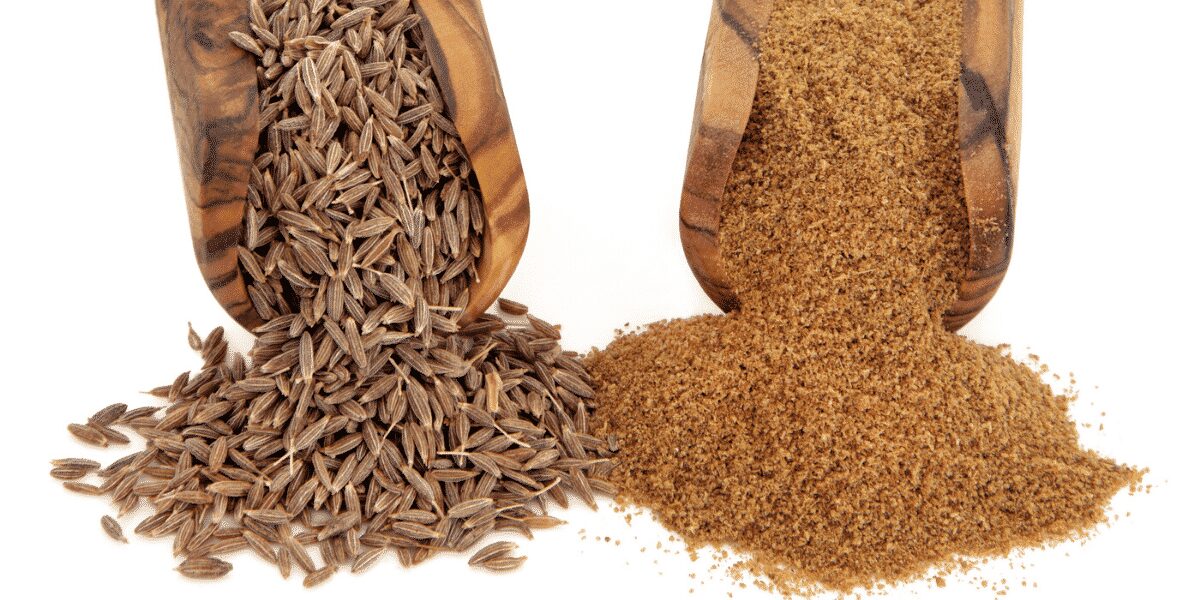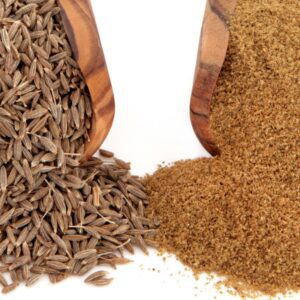The Cumin Story – A Spice for the Ages
From Tex-Mex to Indian and Middle Eastern cuisines and beyond, cumin is an essential ingredient for these and other traditional fares around the globe. Originating in central Asia, southwestern Asia, or the Eastern Mediterranean, cumin plays a significant role in history.
Seeds dating to the second millennium BC were discovered in Syria and are reportedly present in New Kingdom Egyptian digs. In ancient Greece, a cumin container held a place at their dinner tables, much like black pepper today.
What Is Cumin
Cumin is native to the Irano-Turanian Region, and the shrub grows from 12 to 20 inches tall. The fruit is a lateral fusiform or ovoid achene of approximately 1/16” in size, each containing a single seed.
Sometimes people confuse cumin with caraway. And, while they are both members of the parsley family, cumin tastes hotter, is lighter in color, and is larger than Caraway seeds.
Some languages refer to cumin as “Roman caraway” or “Spice caraway” without a clear distinction between the two spices.
Black Cumin
Seeds from distant cousins, Bunium persicum, Bunium bulbocastanum, and the unrelated Nigella sativa, are the source of black cumin.
Also known as Royal Cumin and Orkala Jeera in India, the tiny, dark brown seeds are more complex and sweeter than regular cumin. Black cumin presents a resinous, astringent flavor preferable in Northern Indian kormas and common in North African and Middle Eastern savory dishes.
Using Cumin
Due to its intense flavor profile, you will find cumin in savory dishes. While its substantial body can season an entire recipe, cumin is a fantastic team player and works well with many different spices and flavors.
Indian curries, chili powder, taco seasoning, and many other familiar blends rely significantly on cumin. The uses for cumin in seasoning recipes don’t stop there.
Here are a few ideas where cumin might be a great choice to spice up your next meal.
- Soups
- Bean Dishes
- Sauerkraut
- Marinades
- Root Vegetables
- Cheeses
- Breads
- Sauces
Whatever you can imagine.
Conclusion
This unique spice has a history dating back to ancient times and is familiar to people worldwide. Cumin is prevalent in many cuisines, including Indian, Middle Eastern, African, and Latin.
You can use whole seeds or grind them as you wish, but the seeds will retain their flavor much longer than after grinding. Therefore, Spice Station sells whole cumin seeds in regular and black cumin to deliver the best for our customers. You should only grind cumin in small amounts or for each recipe for its full benefit.
We hope this article is helpful and provides valuable information for you to use in preparing your next epic meal.









